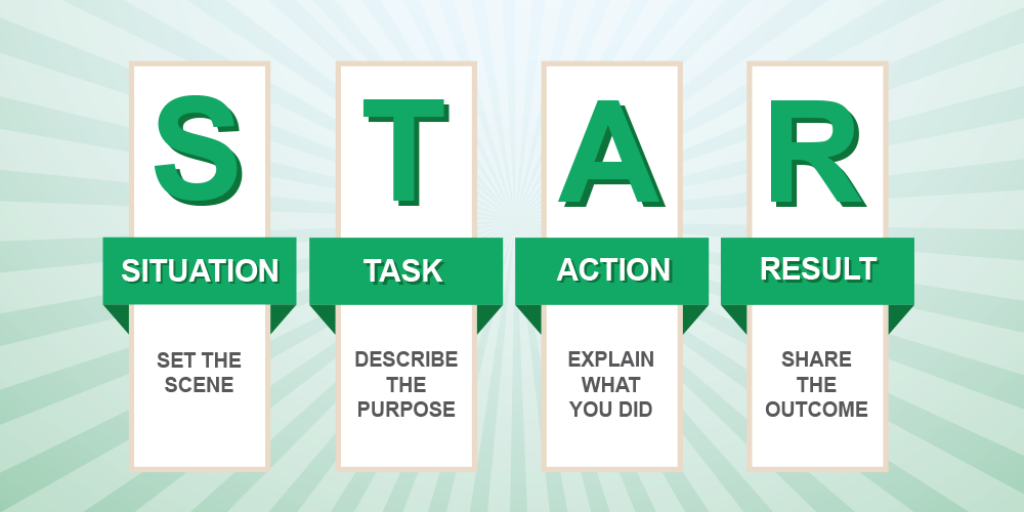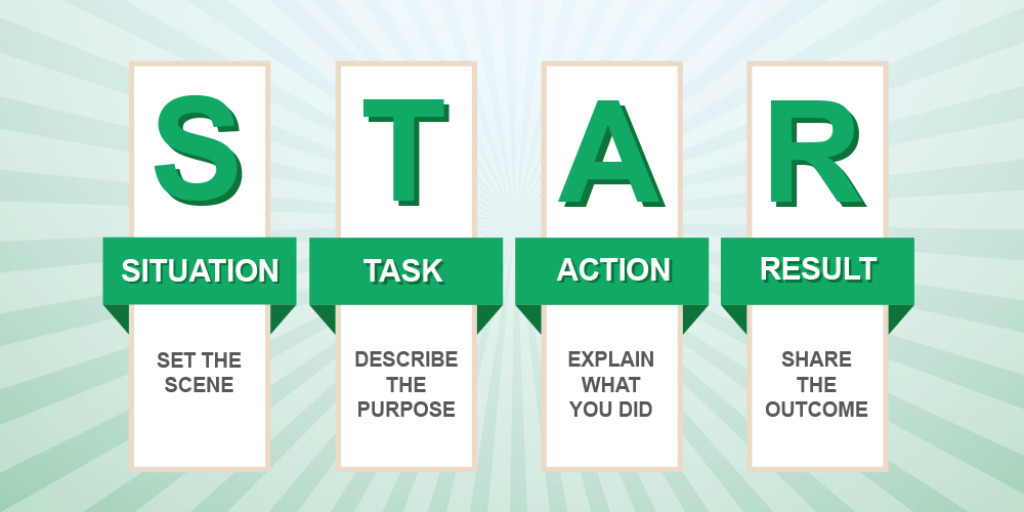
Here’s our guide to using the Star technique when answering questions in competency-based job interviews.
Looking for a job? Apply now –> https://liveassets.ca/it-jobs-careers-toronto/
There are many types of interviews, from the free flowing to the formal, but one that you are likely to come up against at some point is the competency-based interview.
They’re designed to make the job application process as objective as possible, removing any conscious or subconscious bias by the interviewer by asking each candidate the same questions. Some people feel this type of interview is more stilted – there can be less opportunity to build rapport. However, they are very common, especially in large organisations and the public sector, so it’s worth refining your technique.
The questions will be driven by a competency framework that’s required for the job. For example, a marketing executive may require problem-solving skills, or a job in customer services may require conflict management skills.
The interview questions tend to start with a variation of, “Tell me about a time when…” This may sound simple but, in the heat of the interview, it’s easy to give an unstructured answer, miss out key details, or let the story peter to a halt.
One way of avoiding this is by using the Star acronym to structure your response. Here are two examples of how to implement the technique:
A candidate for a marketing executive role might be asked: “Tell me about a time that you solved a problem to a tight timescale.” Here’s how you could structure your response:
• Situation – set the context for your story. For example, “We were due to be delivering a presentation to a group of 30 interested industry players on our new product and Stuart, the guy due to deliver it, got stuck on a train from Birmingham.”
• Task – what was required of you. For example, “It was my responsibility to find an alternative so it didn’t reflect badly on the company and we didn’t waste the opportunity.”
• Activity – what you actually did. For example, “I spoke to the event organisers to find out if they could change the running order. They agreed so we bought ourselves some time. I contacted Susan, another member of the team, who at a push could step in. She agreed to drop what she was doing and head to the event.”
• Result – how well the situation played out. For example, “Stuart didn’t make the meeting on time but we explained the problem to the delegates and Susan’s presentation went well – a bit rough around the edges but it was warmly received. Stuart managed to get there for the last 15 minutes to answer questions. As a result we gained some good contacts, at least two of which we converted into paying clients.”
There are a few things to note with this response: it’s important to speak in specific rather than general terms and quantify your success. In this example, we mentioned 30 delegates, the names of the people involved and quantified two contacts converted to clients. From a listener’s perspective, this makes the story more interesting and they are more able to gauge your success. Nameless figures and undefined successes can make the answer less feel less convincing. Secondly, as there are likely to be many questions and interviewers have short attention spans, it’s important to keep your answers concise: convey the maximum achievement in the minimum time. Finally, it’s important to finish on a positive note so the overall impression is strong.
In a second example, a candidate for a customer services role is asked: “Describe a situation when you had to deliver excellent customer service following a complaint”
• Situation: “A customer rang up complaining that they’d waited more than two weeks for a reply from our sales team regarding a product query.”
• Task: “I needed to address the client’s immediate query and find out what went wrong in the normal process.”
• Activity: “I apologised, got the details and passed them to our head salesperson, who contacted the client within the hour. I investigated why the query hadn’t been answered. I discovered that it was a combination of a wrong mobile number and a generic email address that wasn’t being checked. I let the client know and we offered a goodwill discount on her next order.”
• Result: “The client not only continued to order from us but posted a positive customer service tweet.”
Used at its best, the Star structure is invisible to the listener and it simply comes across as a well-articulated example. Create a bank of answers in this format in advance, so don’t struggle to do it on the day and can make it appear as seamless as possible.
Source: The Guardian, Michael Higgin
